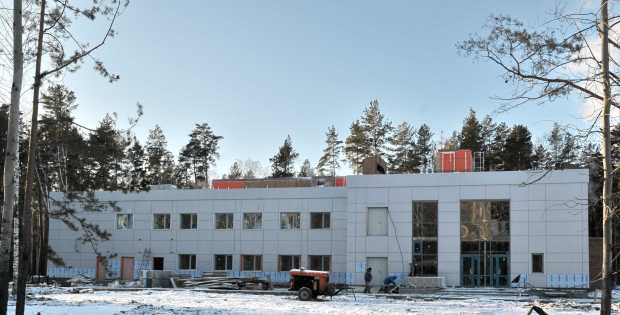ISTC and the Russian Government Collaborate to Build a Center for Nuclear Medicine Imaging in Snezhinsk

The construction of a building designed for Position Emission Tomography (PET) was recently completed in Snezhinsk. Collaboration between ISTC and the Russian Federation Government will enrich Chelyabinsk region with a state-of-the-art facility for cancer diagnostics and imaging of the human body. The US Department of Energy (DOE) funded through ISTC the design stage of the work and American scientists shared technical expertise and experience to facilitate the design. Their support has been instrumental to the success of the project. Russian research center RFNC-VNIITF was the leading institute on the project.The ISTC Project supported the final design stage, i.e. assessment of radiation risks and calculation of shielding needed, development of the working design documentation needed to build the PET Center and elaboration of the final equipment list to ensure proper equipment for further operations. The Russian Federation Government provided the funds to construct and equip the building for radiopharmaceuticals production.Positron emission tomography (PET) is a nuclear medicine imaging technique which produces a three-dimensional image or picture of functional processes in the body. PET is both a medical and research tool. It is used heavily in clinical oncology (medical imaging of tumors and the search for metastases) and cardiology, and for clinical diagnosis of certain brain diseases. PET is also an important research tool to map normal human brain and heart function.

